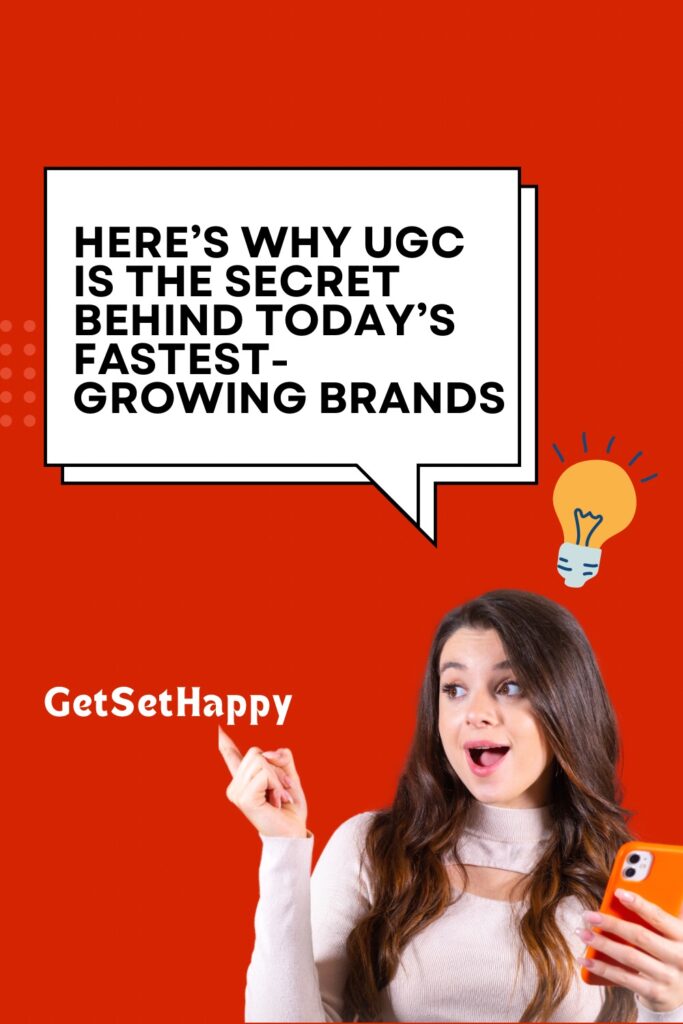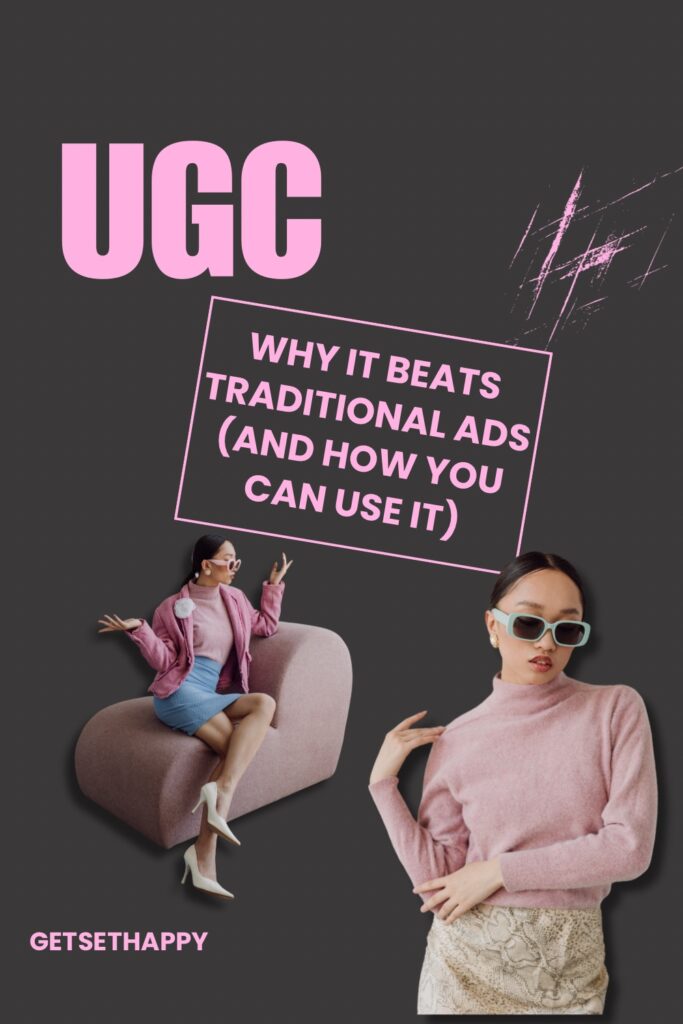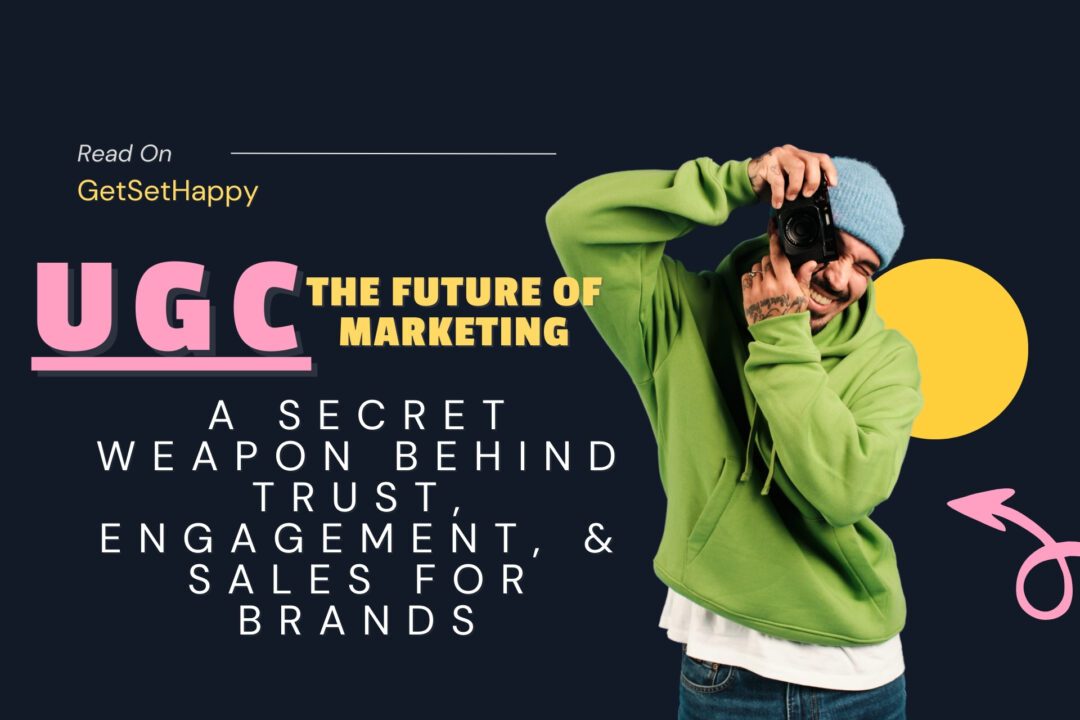The digital world is getting too crowded, and consumers are bombarded with ads every time they scroll through their phones, watch videos, or even open their email. Traditional marketing is losing its impact because people crave something different: authenticity. That’s where UGC, or User-Generated Content, comes in.
From Instagram posts of customers showing off their favorite sneakers to heartfelt reviews on e-commerce websites, UGC is reshaping how brands connect with audiences. It’s not just a trend—it’s one of the most powerful marketing strategies for businesses of all sizes.
What is UGC (User-Generated Content)?
UGC refers to any type of content—reviews, photos, videos, testimonials, or social media posts—created by consumers rather than the brand itself. Instead of polished ads, UGC highlights real people sharing their real experiences with a product or service.
For example:
- A customer posts a TikTok video reviewing a skincare product.
- A traveler shares their Airbnb stay on Instagram.
- A gamer uploads a YouTube video of gameplay using a new console.
All of these are authentic stories created by users—and they hold more weight with audiences than traditional advertising.
Why UGC Matters in Today’s Digital World?

The reason UGC has become so powerful is simple: people trust people more than brands. According to multiple studies, consumers are far more likely to buy a product when they see genuine reviews or content created by fellow buyers.
Unlike ads that feel staged or overly polished, UGC carries a sense of honesty. It shows what the brand experience looks like in real life, making it relatable, trustworthy, and influential.
The Core Benefits of UGC for Brands
Building Trust Through Authenticity
UGC acts as digital word-of-mouth. Customers see people like themselves using a product, and that builds credibility far faster than paid ads ever could.
Increasing Engagement Across Platforms
Brands that incorporate UGC into their marketing see higher social media engagement—likes, shares, and comments. This happens because UGC is more relatable and sparks genuine conversations.
Driving Conversions and Boosting Sales
When shoppers see UGC on product pages, they’re more confident in making purchases. In fact, e-commerce sites that include customer photos and reviews see significant increases in conversion rates.
Strengthening Brand Loyalty and Community
Encouraging UGC makes customers feel valued. When their content is reshared by a brand, it strengthens loyalty and fosters a community-driven identity.
Types of UGC Every Brand Should Leverage
Customer Reviews and Testimonials
Text-based reviews remain one of the most trusted forms of UGC. They’re essential for online shopping decisions.
Social Media Posts and Hashtags
Encouraging customers to post using branded hashtags can generate thousands of pieces of content, fueling ongoing campaigns.
Video Content and Reels
Short-form videos (TikTok, Instagram Reels, YouTube Shorts) dominate social media. Video UGC provides strong storytelling and virality potential.
Blogs, Forums, and Community Content
Niche forums, blog posts, and communities (like Reddit or Quora) can generate powerful UGC that shapes brand perception.
How to Encourage Customers to Create UGC?
Creating Branded Hashtag Campaigns
Simple and memorable hashtags make it easy for users to share content under a unified theme.
Running Contests and Giveaways
Brands can boost participation by rewarding the best UGC submissions with discounts, prizes, or recognition.
Showcasing UGC on Brand Channels
Featuring customer content on websites, emails, and social pages motivates others to contribute.
Rewarding and Recognizing Contributors
Acknowledging customers who create content—through reposts, mentions, or loyalty points—encourages ongoing participation.
UGC vs Traditional Marketing
Cost-Effectiveness of UGC
Creating professional campaigns is expensive. UGC offers a steady stream of authentic, free, or low-cost content.
Why Customers Trust UGC More Than Ads
UGC feels more genuine than polished ads. When people see real customers, they relate more deeply and are more likely to take action.
Measuring the Impact of UGC

Engagement Metrics
Likes, comments, and shares show how well UGC resonates with audiences.
Conversion Tracking
Brands can measure the direct impact of UGC on purchases through tracking links and analytics.
Long-Term Brand Value
UGC fosters relationships that extend beyond a single campaign—contributing to sustainable brand growth.
Challenges and Risks of UGC
Content Moderation Issues
Not all UGC will align with brand values. Brands must actively monitor submissions.
Legal and Copyright Concerns
Always obtain permission before reposting customer content. Clear guidelines prevent legal complications.
Maintaining Brand Consistency
While UGC is diverse, brands should ensure it aligns with their identity and message.
Best Practices for a Successful UGC Strategy
- Align with brand values – UGC should reflect the brand’s mission.
- Create share-worthy experiences – Encourage customers by providing moments worth capturing.
- Collaborate with micro-influencers – They often spark UGC by encouraging their followers.
Real-Life Examples of Winning UGC Campaigns
GoPro: Turning Customers into Storytellers
GoPro built its entire brand on user-shot videos, transforming everyday adventurers into brand ambassadors.
Starbucks: The Power of Personalization
With campaigns like “#RedCupContest,” Starbucks invited customers to share photos, generating massive engagement.
Airbnb: Trust Built Through Experiences
Airbnb highlights real traveler photos and stories, making their platform more trustworthy than traditional hotel advertising.
FAQs About UGC

1. What is UGC, and why is it important?
UGC is content created by customers that builds authenticity and trust, making it highly valuable for marketing.
2. How can small businesses use UGC?
Small businesses can encourage UGC through hashtags, reposting customer content, and asking for reviews.
3. Is UGC free to use for brands?
Not always. Brands should ask for permission before reposting customer content to avoid copyright issues.
4. Can UGC replace influencer marketing?
Not entirely. UGC and influencer marketing work best when combined.
5. What are the risks of using UGC?
Risks include inappropriate content, copyright issues, and off-brand messaging.
6. How can brands measure UGC success?
By tracking engagement, conversion rates, and community growth over time.
Closing Words: Why UGC is the Future of Marketing?
UGC is no longer optional—it’s a must-have strategy for brands that want to stay relevant in a trust-driven digital world. By encouraging customers to share their authentic stories, businesses can build credibility, engagement, and sales without massive ad budgets.
The smartest brands of tomorrow will be those that treat their customers not just as buyers, but as creators, storytellers, and advocates.





No Comments